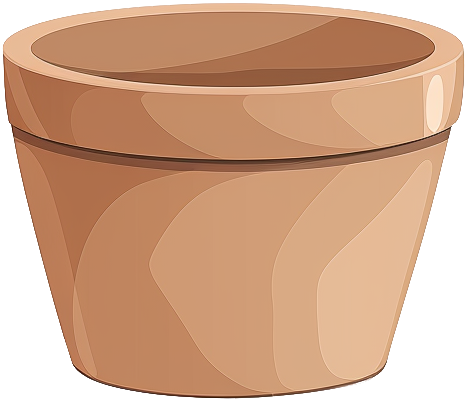- calathea
- roseopicta
- 'angela'

calathea roseopicta'angela'
Care level
Difficult
Popularity
Niche
The Angela stands out with its striking color combination, featuring young leaves with dark green centers surrounded by beautiful pink-purple margins. As the leaves mature, they develop an elegant pattern of dark green stripes on a light green background, bordered by silver-green and dark green edges, while maintaining a rich purple-red underside.
Care & maintenance
Light
Bright light, usually located near windows but doesn't receive direct rays for more than an hour during the day.
Temperature
Warm (60.8°F - 84.2°F)
Fertilization frequency
Moderate
Monthly during the growing period.
Soil
Choose a Tropical plant mix: A rich, moisture-retentive blend with good aeration. Mimics the natural forest floor environment of tropical regions.
If you want to create your own substrate, you can make a mixture of the following soils:








Click on the soil name for more information.
Pot

Wide/Shallow
Prefer a pot that is wider than it is deep.
Incorrect or incomplete information?
In our goal of building the best plant database, we sometimes make mistakes or have incomplete information. You can help us fill these gaps!
Features
Size & growth
Medium
Upright
Moderate growth
This plant grows at a moderate rate. It can reach 1 to 3 feet in height or spread.
It grows upwards without support.
Toxicity
| Cat | |||
|---|---|---|---|
| Dog | |||
| Human |
Reproduction & propagation
Fruits & flowers
Flowering & not self-pollinating
The calathea angela can produce flowers and therefore fruits.
This plant is not capable of self-pollination, it will not be able to produce fruits if it is not pollinated by another individual.
